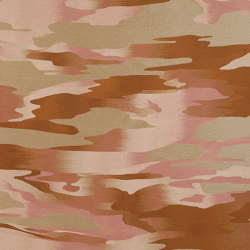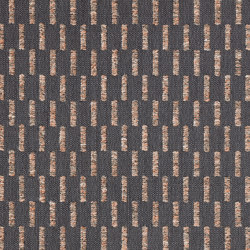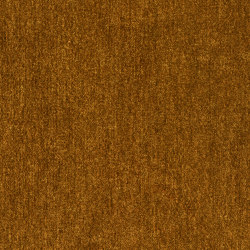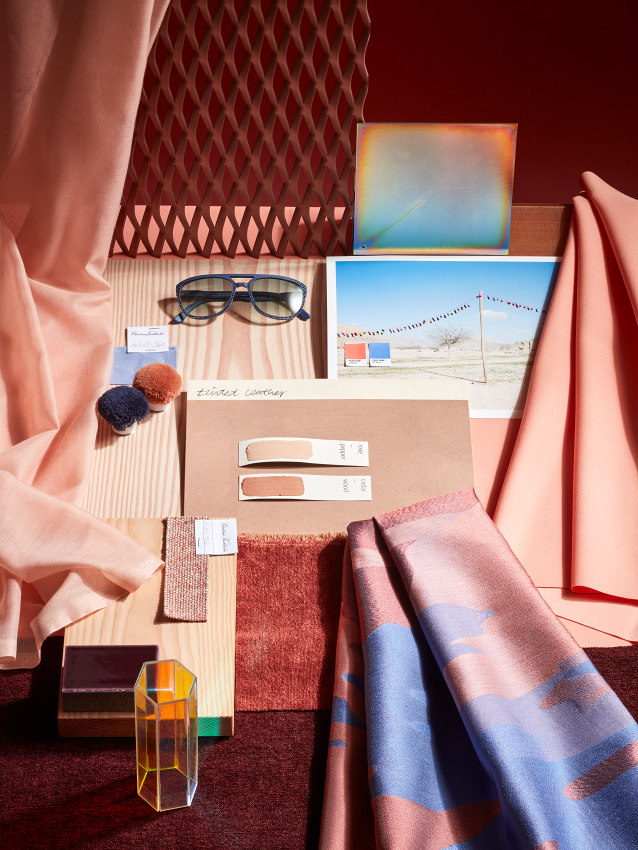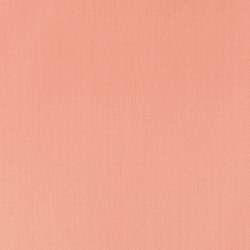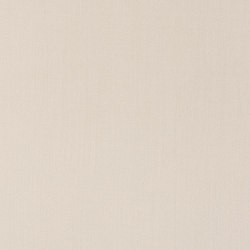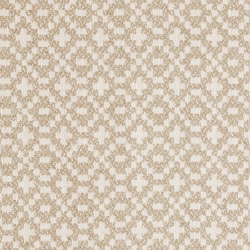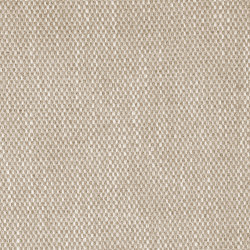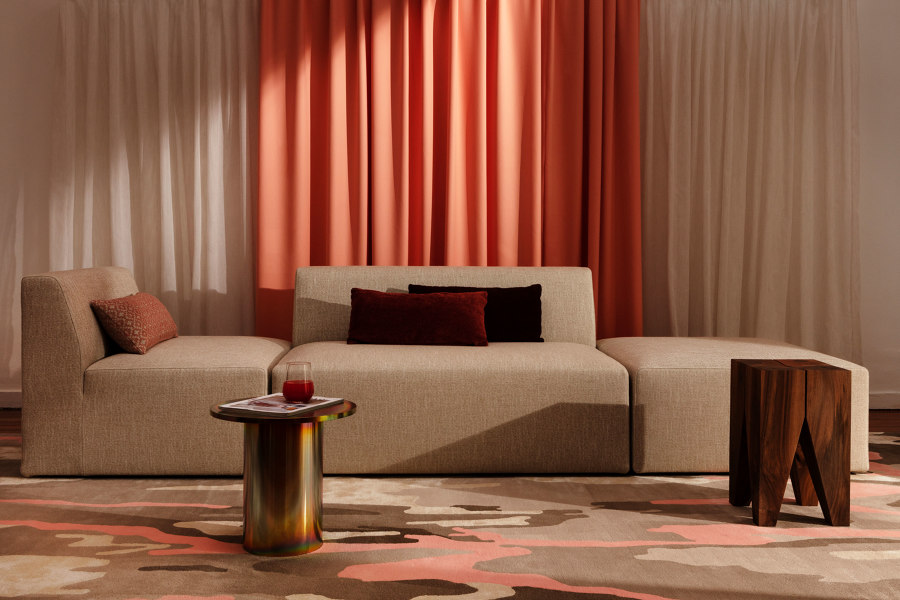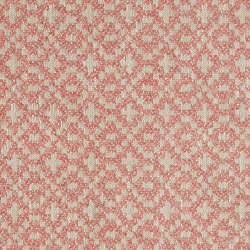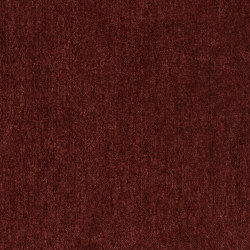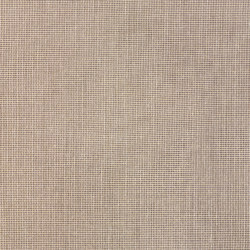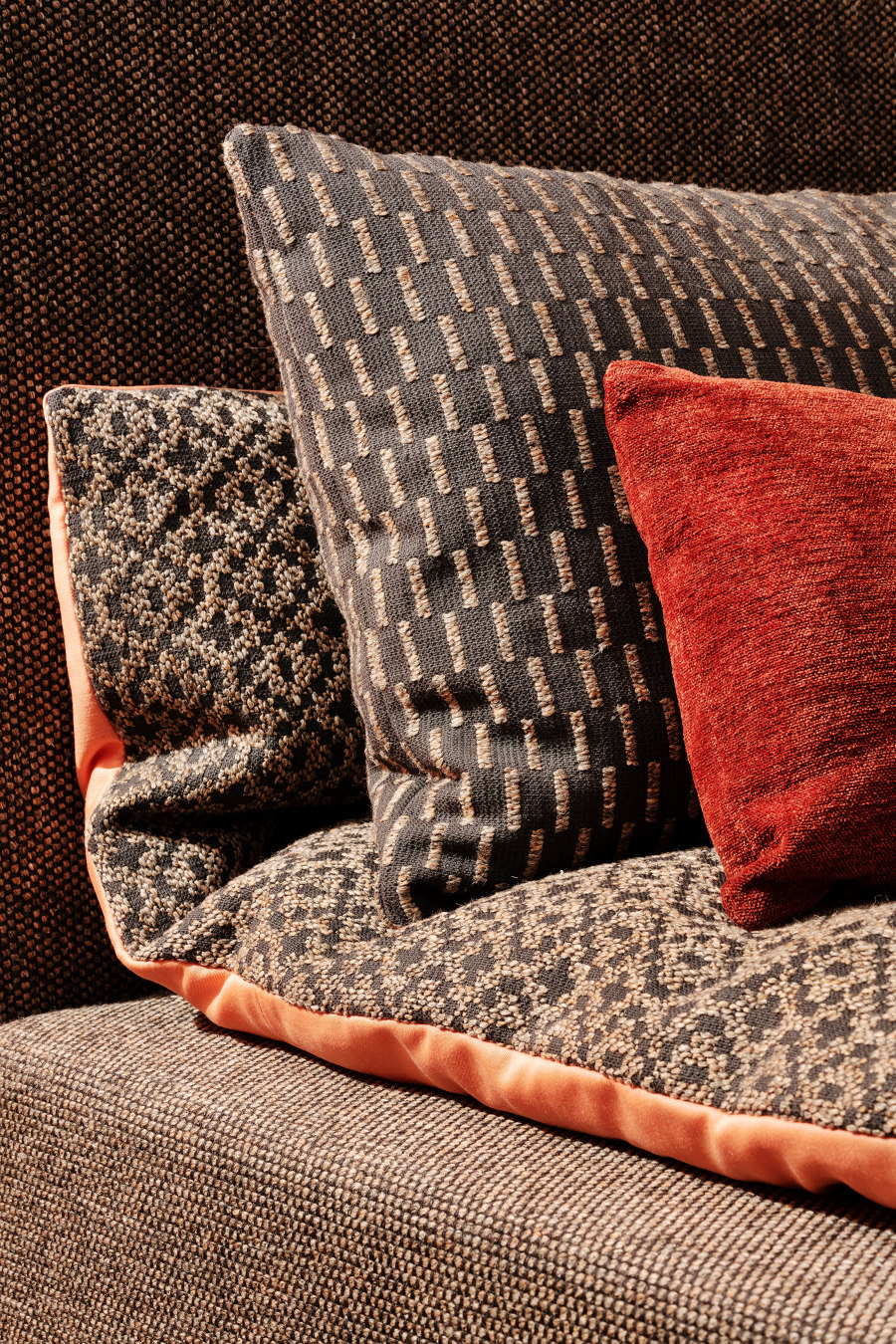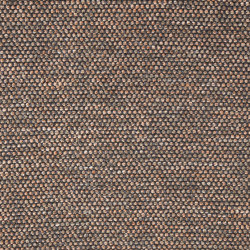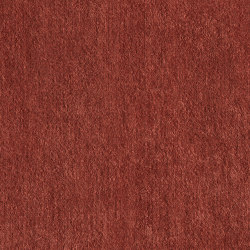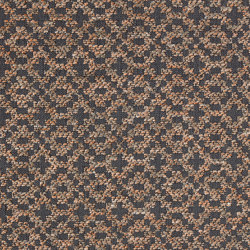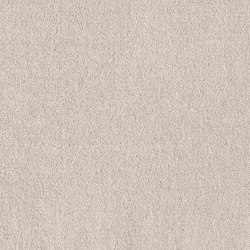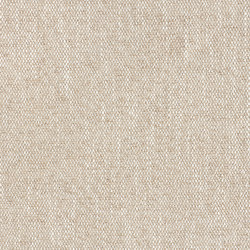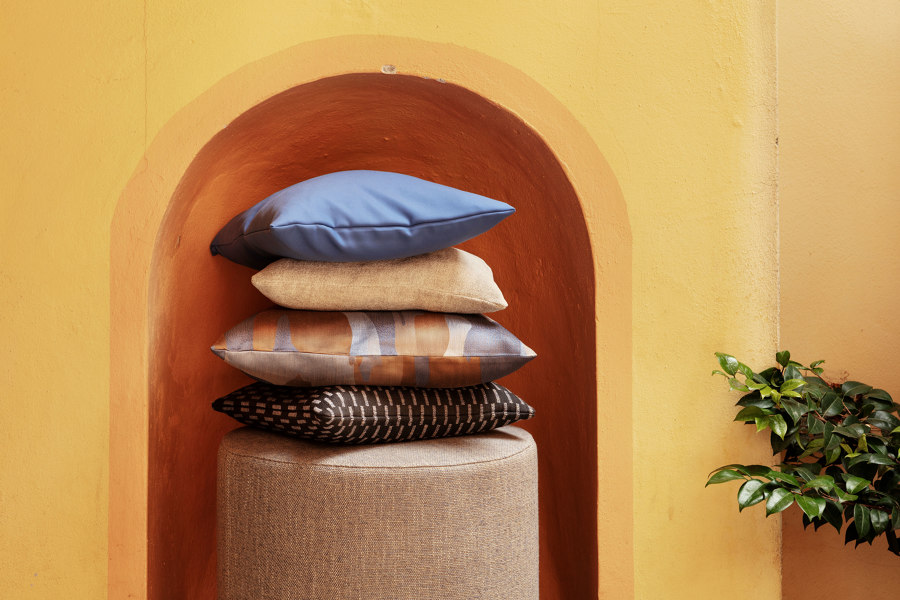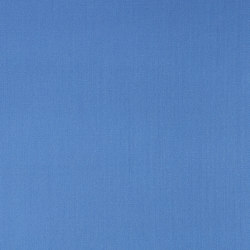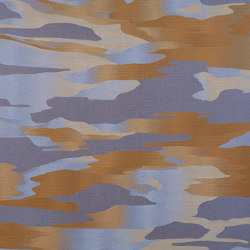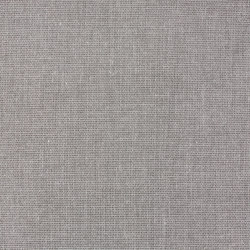A homage to Iran by Hadi Teherani and Fischbacher 1819
Storia del Marchio di Tanja Pabelick
St.Gallen-Winkeln, Svizzera
02.09.22
What is the essence of a culture and how best to depict it? For their new textile collection, Hadi Teherani and Camilla D. Fischbacher looked for traces in their shared Persian homeland...
The Roya curtain is named after the Persian word for a beautiful dream, with a pattern and colour palette inspired by the Aladagh Mountains. © Fischbacher 1819
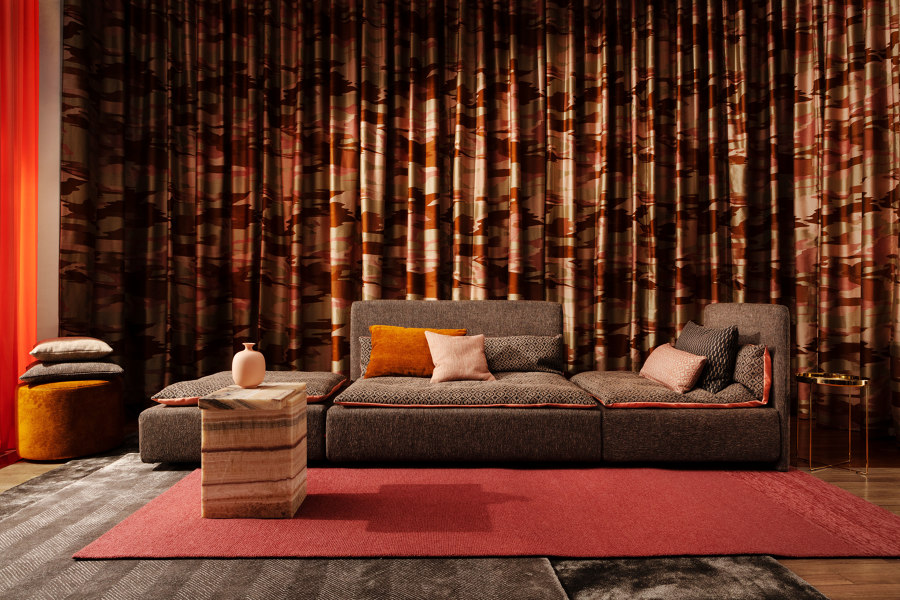
The Roya curtain is named after the Persian word for a beautiful dream, with a pattern and colour palette inspired by the Aladagh Mountains. © Fischbacher 1819
×When Camilla D. Fischbacher and Hadi Teherani met for the first time at a working lunch, they quickly realised that they had a lot of things in common. One is their shared country of birth, Iran, which they both only knew as children. Then they both emigrated to Europe: Teherani to Germany, while Fischbacher arrived with her family in Switzerland. Today, the creative director of the textile company Fischbacher 1819 and the architect and designer both work in creative professions. The many parallels resulted in an intensive exchange. ‘I was born in Iran but influenced by the Western world,’ Tehrani says about his background. ‘About five years ago, I founded an office in Iran. Getting more involved with my roots has also brought me closer to myself. I've never denied Iranian origins, but I've never given them much space either.’ Fischbacher is also concerned with the contrasts between Europe and the Middle East. ‘Hadi Teherani and I see the country and the culture of Persia from both the inside as well as the outside.’
The mood of the country was captured through three-dimensional mood boards composed of Persian colour worlds, materials, life scenes and objects, and then translated into textiles. © Jonas von der Hude
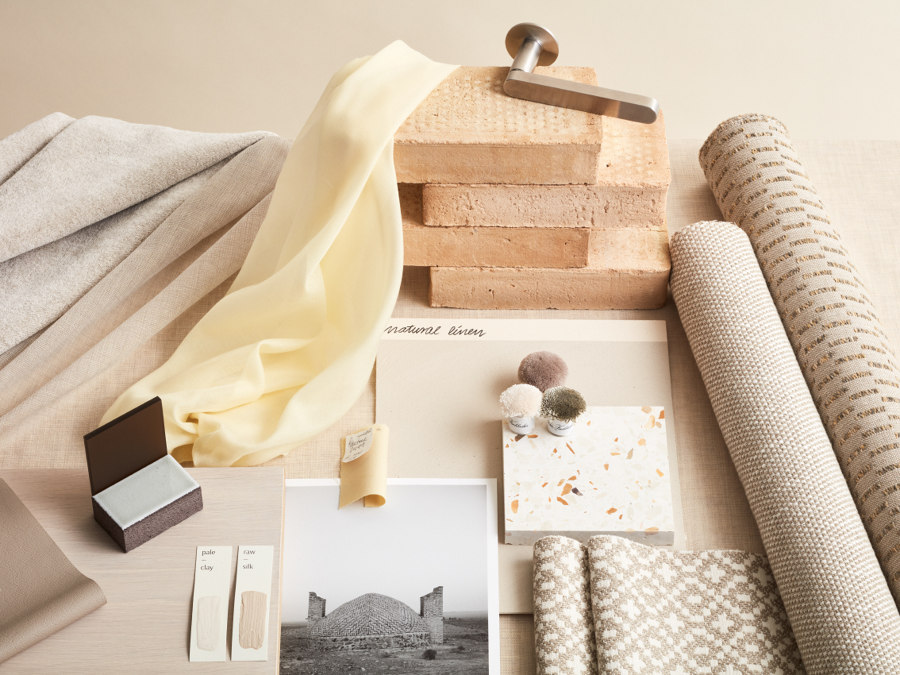
The mood of the country was captured through three-dimensional mood boards composed of Persian colour worlds, materials, life scenes and objects, and then translated into textiles. © Jonas von der Hude
×Inspired by culture and nature
In reflecting on the nature and landscape of Iran, on its tradition and culture, colours and vibrant dynamics, the pair decided to distil the special spirit of the country into a jointly developed textile collection. Neither were interested in a direct interpretation, but rather in expressing their own atmospheric reading.
‘The collection does not reproduce traditional ornamentation, it was developed with the aspiration to be both timeless and contemporary’ Camilla D. Fischbacher
Both find inspiration in many directions. For example, in architecture, which is mainly characterised by traditional brickwork, in calligraphy or in elements of the country's impressive natural environment, such as the imposing Aladagh Mountains, its deserts or the island of Hormuz, on whose colourful surfaces one walks as if through a rainbow. These are landscapes shaped by extremes, and colours that tell of the rainless climate, the dusty heat in summer and the bone-chilling cold in winter. The basic colours of the fabrics are therefore restrained, earthy and natural, while a few strong nuances set definitive accents.
Camilla D. Fischbacher and Hadi Teherani sought an exchange about their common roots. ‘We were particularly interested in using the immense creative potential of our fields of work,’ says Fischbacher. © Fischbacher 1819
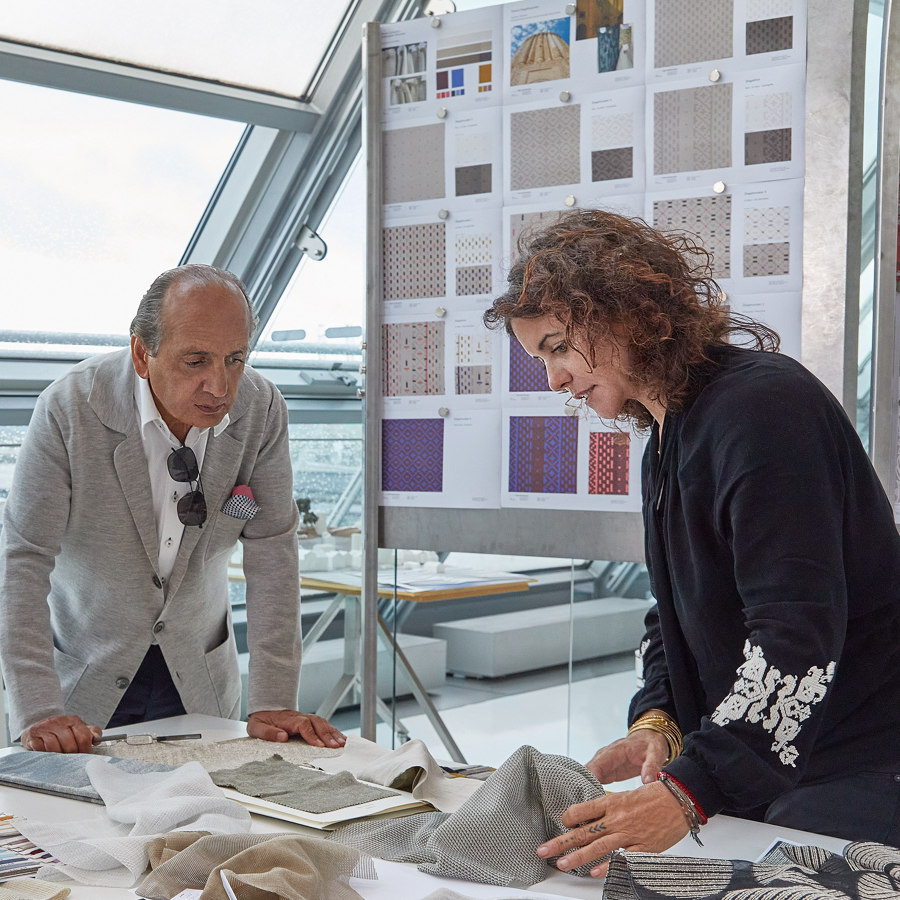
Camilla D. Fischbacher and Hadi Teherani sought an exchange about their common roots. ‘We were particularly interested in using the immense creative potential of our fields of work,’ says Fischbacher. © Fischbacher 1819
×Tradition you can see and feel
To address all the senses, material and texture play an important role in Fischbacher 1819's Contemporary Persia collection. The collection comprises a total of ten fabrics, which sometimes work with patterns, sometimes play with transparency or make the country truly tangible through an exciting feel, lively surfaces or uneven structures.
‘You can feel the long tradition. The mountains, where the sheep graze, where the wool is extracted. It's all there in the original, you can touch it.’ Hadi Teherani
Many of the fabrics are woven from linen or wool. The fabric Donya, for example, is a dense wool satin, and Dasht is made of a soft-flowing and three-dimensional linen-cotton chenille yarn. Incidentally, the names give an indication of the cultural or geographical association: Dasht is the Persian word for desert, and the velour quality of the fabric is reminiscent of the soft feeling of warm sand.
The texture of the fabrics is an important design feature. Through the feel of the surface, as well as transparency and the play of light and shadow, culture and nature can be communicated on an emotional level. © Fischbacher 1819
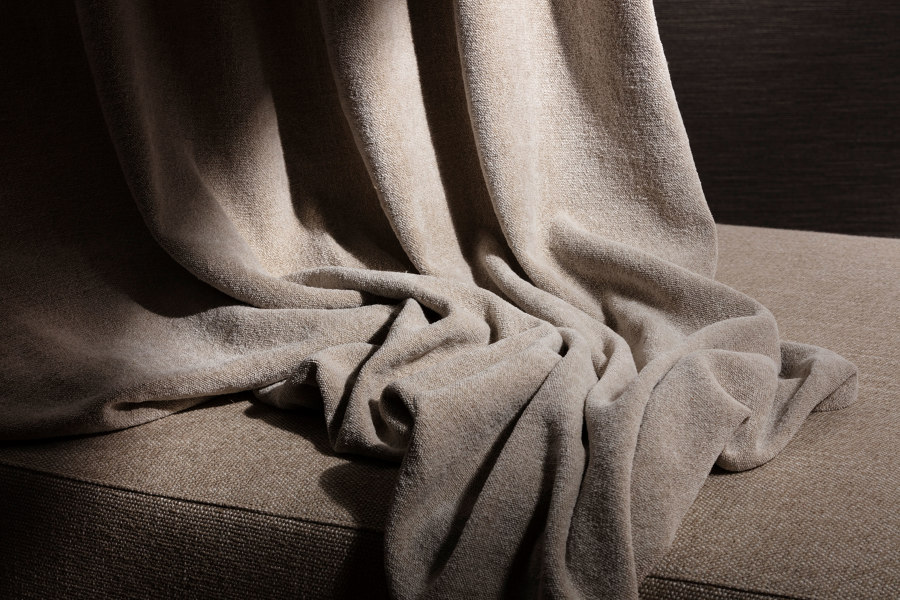
The texture of the fabrics is an important design feature. Through the feel of the surface, as well as transparency and the play of light and shadow, culture and nature can be communicated on an emotional level. © Fischbacher 1819
×Persia in colour, material and texture
‘Translating each design into its own textile feel was a great challenge. Many different fabrics were drawn on and studied. Patience, as well as persistence, were required until the perfect translation into yarn was found,’ sums up Teherani. The intensive examination is also evident in the designs. Roya, with its randomly arranged areas, resembles a camouflage pattern and refers to the colour sequences of a mountain landscape; the cotton, viscose and polyester yarns used create a noble, shimmering surface reminiscent of the shimmering air of a hot day. The semi-transparent curtain fabric Afsun, woven as a Scherli fabric, appears almost mystical. This term refers to an elaborate technique in which additional threads are woven into the basic fabric as a pattern and later exposed by cutting them along the contours. Inspired by calligraphy, the Persian letters H and T form the repeat – and stand both for Tehrani's initials and for Heetch Tamam – the spiritual teachings and asceticism of Sufism.
For Fischbacher and Teherani, textiles are a medium with which culture can be communicated without words. ‘Fabrics make architectural spaces complete and can be experienced with our senses,’ explains Teherani. © Fischbacher 1819
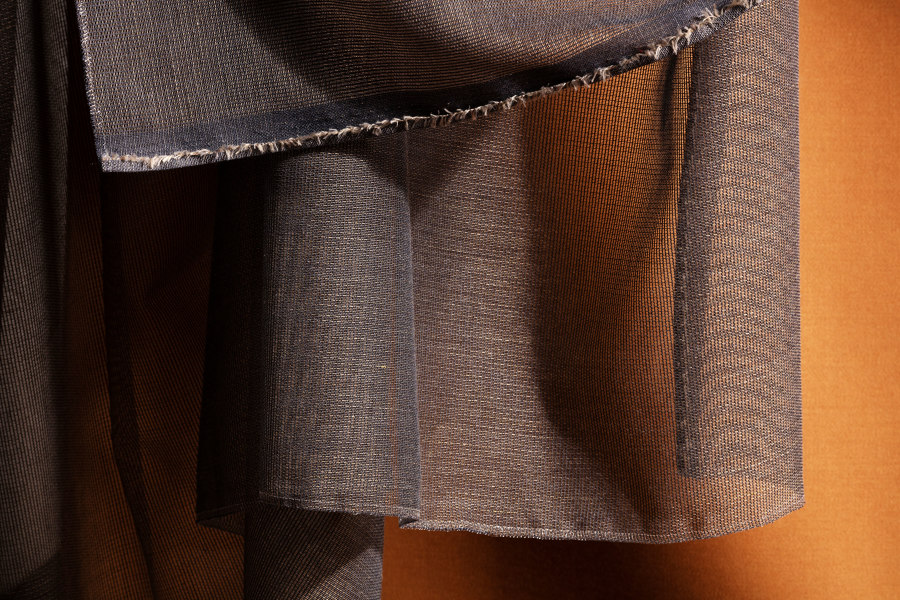
For Fischbacher and Teherani, textiles are a medium with which culture can be communicated without words. ‘Fabrics make architectural spaces complete and can be experienced with our senses,’ explains Teherani. © Fischbacher 1819
×Communication without words
‘When you think of fabrics, it naturally has something to do with quality,’ says Teherani. ‘Fischbacher 1819 is a company that has always set standards. That's where it got its name from.’ Teherani and Fischbacher have merged their design and technical skills with another important component of good design – emotion. Fischbacher agrees that this has resulted in a very special collection: ‘Contemporary Persia has become a matter of the heart for Hadi and me, with a power all its own: cultural roots are in you, they are often diffuse and barely tangible, so to find someone who understands this language without words is something special.’
© Architonic


